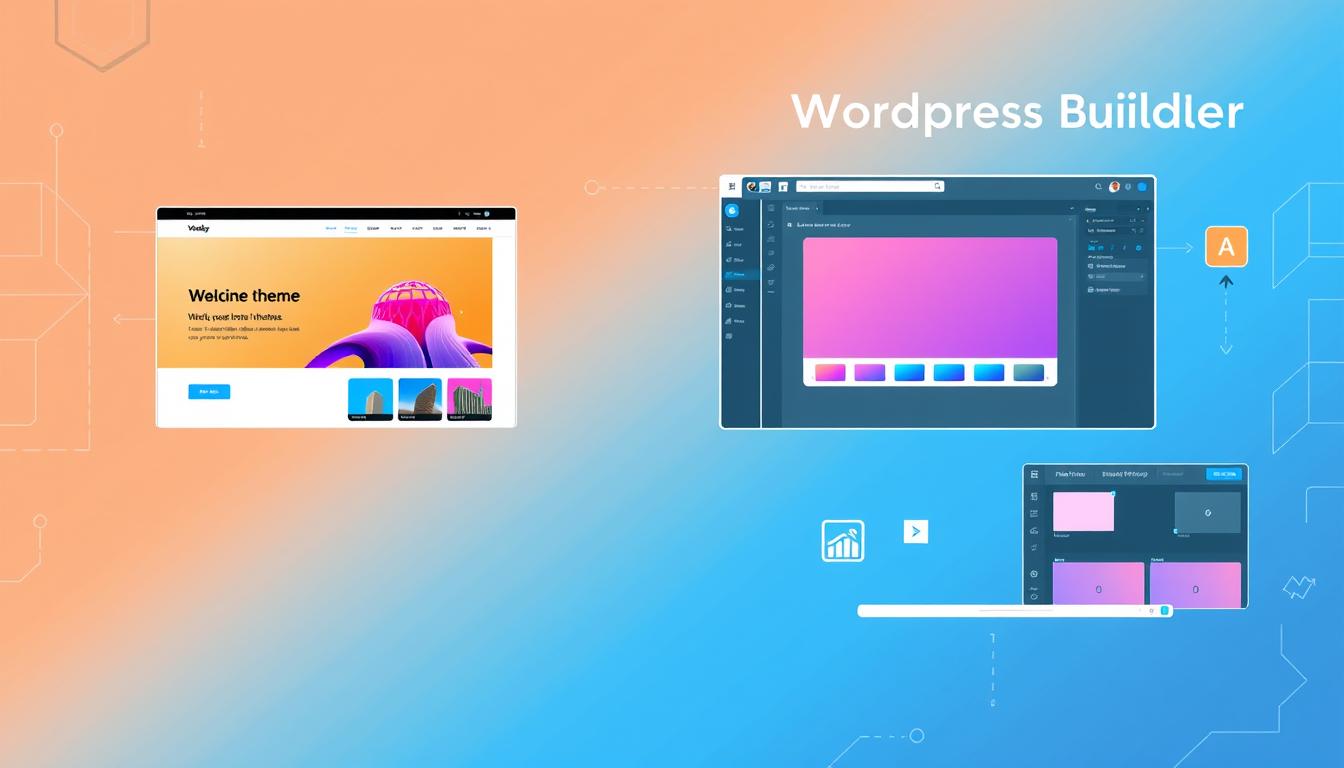Did you know that over 2.8 million Pennsylvanians rely on Medicaid and Medicare plans for their care? That’s nearly 22% of the state’s population! Pennsylvania is home to a robust network of resources designed to support your well-being. From localized coverage options to real-time public health tracking, the state is committed to ensuring everyone has access to the care they need.
PA Health and Wellness, a subsidiary of Centene Corporation, offers tailored Medicaid and Medicare plans to meet diverse needs. Their participant portal makes it easy to manage ID cards, update doctor information, and send messages directly to your care team. Meanwhile, the Pennsylvania Department of Health works tirelessly to create a healthier state for all, providing interactive dashboards that track vital public health metrics in real time.
Looking to expand your knowledge? Explore free health education webinars and e-books at digitals.anthonydoty.com. These resources empower you with the information needed to make informed decisions about your care. Whether you’re managing a chronic condition or simply seeking to improve your lifestyle, Pennsylvania has the tools to help you thrive.
Key Takeaways
- PA Health and Wellness provides Medicaid and Medicare plans through Centene Corporation.
- The Pennsylvania Department of Health aims to create a healthier state for all residents.
- Interactive dashboards offer real-time tracking of public health metrics.
- Manage your care easily with the participant portal for ID cards, doctor changes, and messaging.
- Access free health education webinars and e-books at digitals.anthonydoty.com.
Why Pennsylvania Prioritizes Your Health
From urban centers to rural areas, Pennsylvania is building a healthier future. The state’s commitment to well-being is evident in its robust initiatives and community-driven efforts. Whether you’re in a bustling city or a quiet town, access to care is a top priority.
Statewide Initiatives for Better Wellbeing
Pennsylvania’s HealthChoices programs are a cornerstone of its approach. These initiatives coordinate physical and behavioral care through regional networks, ensuring comprehensive support for residents. The state also invests heavily in infrastructure, with $92 million allocated to improve long-term care facilities, including a case study at Sharon Regional Hospital1.
Additionally, the Medical Assistance Transportation Program ensures rural communities have access to essential services. This program is a lifeline for those in remote areas, bridging the gap between residents and care providers.
Local vs. Statewide Health Resources
While statewide programs like vaccination drives are critical, local efforts also play a vital role. For example, county-level maternal health services address specific community needs. The state’s $74 million investment in long-term care improvements further highlights this balance1.
Pennsylvania also regulates over 150 medical marijuana dispensaries, ensuring safe access for those who need it. This dual approach—statewide and local—creates a comprehensive support system for all residents.
- HealthChoices coordinates physical and behavioral care through regional networks.
- The Medical Assistance Transportation Program supports rural healthcare access.
- Statewide vaccination programs complement county-level maternal health services.
- Investments in long-term care facilities improve overall service quality.
- Medical marijuana dispensaries are regulated for safe access.
Health Coverage Options in Pennsylvania
Finding the right coverage can make all the difference in your care journey. Pennsylvania offers a variety of programs to ensure residents have access to the support they need. From medical assistance to long-term care, the state provides comprehensive options tailored to diverse needs.

Medicaid and Medical Assistance Programs
In 2024, single-person eligibility for medical assistance requires an annual income of $21,597 or less2. This program is designed to help low-income individuals and families access essential services. Enrollment is open year-round, making it easier to get the care you need2.
Covered services include EVV home care, $1 copay prescriptions, and non-emergency transportation3. These benefits ensure that participants can manage their daily needs without financial strain.
HealthChoices: Physical and Behavioral Care
HealthChoices serves over 450,000 residents through six Managed Care Organizations (MCOs)2. The program includes both physical and behavioral care, with 47 opioid treatment centers available3. This dual approach ensures comprehensive support for all participants.
Primary Care Provider (PCP) networks are a key feature of the physical care component. Behavioral care focuses on addressing mental health and substance abuse, providing critical resources for recovery.
Community HealthChoices for Long-Term Support
Community HealthChoices offers long-term services for those with ongoing needs. The program includes a 12-month look-back period to determine eligibility3. This ensures that participants receive the care they need without delays.
Services like EVV home care and non-emergency transportation are covered, making it easier for participants to maintain their independence3. Additionally, the program supports daily living activities, ensuring a higher quality of life.
- 2024 medical assistance income thresholds vary across eight household brackets.
- HealthChoices provides physical care through PCP networks and behavioral care via 47 opioid treatment centers.
- Community HealthChoices includes a 12-month look-back period for long-term care eligibility.
- Covered services: EVV home care, $1 copay prescriptions, and non-emergency transportation.
- Be aware of 2024 redetermination requirements post-COVID continuous coverage.
Navigating Health Insurance Plans
Understanding your options for insurance can feel overwhelming, but Pennsylvania simplifies the process with clear pathways and support. Whether you’re exploring Medicaid, Medicare, or other programs, knowing the basics can make all the difference.
Eligibility Requirements Simplified
Your eligibility for programs like Medicaid depends on factors like age, income, family size, and special needs3. For example, single-person households must earn $21,597 or less annually to qualify for medical assistance3. Pennsylvania also offers pathways for those with disabilities or long-term care needs through Community HealthChoices3.
Special enrollment triggers, such as pregnancy or changes in disability status, can also open doors to coverage2. Programs like HIPP even help by paying employer-sponsored insurance premiums, making it easier to access care2.
How to Apply for Medicaid or Medicare
Applying for assistance is straightforward with multiple options. The COMPASS portal has a 97% approval rate and offers step-by-step guidance3. You can also call the hotline at 1-866-550-4355, visit a CAO office, or mail in your forms3.
For Medicare, enrollment begins three months before turning 65, with adjustments available during the Open Enrollment Period2. Gather documents like pay stubs, tax returns, and proof of citizenship to streamline the process2.
- Check your eligibility based on income, family size, and special needs.
- Use the COMPASS portal, hotline, CAO offices, or mail-in forms to apply.
- Take advantage of special enrollment triggers like pregnancy or disability changes.
- Explore HIPP for employer-sponsored insurance premium assistance.
- Prepare documents like pay stubs and tax returns for a smooth application process.
Key Health & Pennsylvania & Health Resources
Accessing the right tools can transform your care experience. Pennsylvania offers a variety of resources to help you manage your well-being effectively. From member portals to interactive dashboards, these tools provide the information you need to stay informed and in control.
PA Health and Wellness Member Portal
The PA Health and Wellness Member Portal is a powerful tool for managing your care. With FHIR API integration, it connects seamlessly with third-party apps, giving you access to your data anytime, anywhere. Here’s how you can make the most of it:
- Download your 1095-B tax forms for easy filing.
- Update your providers and manage your ID cards.
- Access EVV caregiver timesheets through the provider portal.
Department of Health Dashboards and Tools
The Pennsylvania Department of Health offers interactive dashboards that track vital metrics in real time. These tools provide valuable information on disease outbreaks, ER wait times, and more. Here’s how to use them:
- Apply filters to view specific data, such as prenatal enrollment through Healthy Beginnings Plus.
- Explore the E-library, which contains over 12,000 documents for additional insights.
| Feature | PA Health Portal | DOH Dashboards |
|---|---|---|
| Real-Time Data | Yes | Yes |
| Third-Party Integration | FHIR API | N/A |
| Document Access | Limited | 12,000+ Documents |
For more resources, check out the free Understanding Your Benefits course at digitals.anthonydoty.com. This course empowers you to make informed decisions about your plan and care options.
Support for Specialized Care Needs
Specialized care needs are met with tailored programs and dedicated resources. Pennsylvania ensures that individuals with unique requirements receive the support they deserve. From mental health services to pediatric care, the state offers comprehensive solutions.
Mental Health and Substance Abuse Services
Behavioral HealthChoices provides a map of 24/7 crisis centers for immediate assistance. These centers are a lifeline for individuals facing mental health challenges. Additionally, Medication-Assisted Treatment (MAT) is available for those struggling with opioid use, ensuring access to effective recovery options.
Early Intervention services are also crucial. They support children aged 0-3 with developmental delays, offering tailored care to help them thrive.
Pediatric and Maternal Health Programs
Pennsylvania’s pediatric care network includes 62 Pediatric Complex Care Centers statewide. These centers provide specialized support for children with complex medical needs. For mothers, the HealthyWoman Program offers free mammograms at over 150 imaging centers, promoting early detection and better outcomes.
The Nurse-Family Partnership is another standout initiative. It provides home visits for first-time mothers, ensuring they receive the guidance and care needed for a healthy start.
- Behavioral HealthChoices offers 24/7 crisis centers for immediate support.
- Medication-Assisted Treatment (MAT) aids in opioid recovery.
- Early Intervention services help children with developmental delays.
- HealthyWoman Program provides free mammograms at 150+ imaging centers.
- Nurse-Family Partnership supports first-time mothers with home visits.
Conclusion: Take Charge of Your Wellness Journey
Your wellness journey starts with taking actionable steps today. Begin by updating your contact information and exploring HealthChoices MCOs to find the best fit for your needs. Bookmark the Department of Health dashboards for real-time information and updates4.
Don’t wait—enroll before the November Pennie marketplace deadline to secure your access to essential care. Take inspiration from the Erie family who saved $8,000 annually through the HIPP program5.
Stay connected with PA Health and Wellness on social media for the latest updates. For free care management, call 1-800-747-1196.
Boost your health literacy with our accredited Medicaid Navigation Certification at digitals.anthonydoty.com. Recognize the mind-body connection and take charge of your well-being today.
FAQ
What statewide initiatives are available for better wellbeing in Pennsylvania?
Pennsylvania offers programs like HealthChoices and Community HealthChoices, focusing on physical, behavioral, and long-term care needs. These initiatives ensure access to quality services for all residents.
How do I know if I’m eligible for Medicaid or Medical Assistance in Pennsylvania?
Eligibility depends on income, household size, and specific needs. You can check your eligibility through the PA Health and Wellness Member Portal or by contacting local assistance offices.
What is HealthChoices, and how does it help?
HealthChoices is a program providing comprehensive coverage for physical and behavioral care. It connects individuals with providers and ensures access to essential services tailored to their needs.
Where can I find resources for mental health and substance abuse services?
Pennsylvania’s Department of Health offers dashboards and tools to locate mental health and substance abuse programs. These resources are designed to support individuals in finding the care they need.
Are there specialized programs for pediatric and maternal health in Pennsylvania?
Yes, the state provides programs focusing on pediatric and maternal health, ensuring quality care for children and expecting mothers. These services are accessible through local providers and state initiatives.
How do I apply for Medicaid or Medicare in Pennsylvania?
You can apply online through the COMPASS website, visit a local assistance office, or call the Pennsylvania Department of Human Services for guidance on the application process.
What is the PA Health and Wellness Member Portal, and how can it help me?
The portal is a tool for managing your coverage, finding providers, and accessing information about your plan. It’s a convenient way to stay informed and take control of your care.








